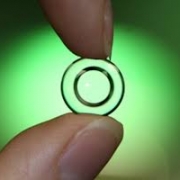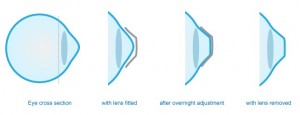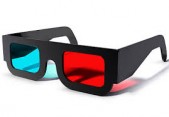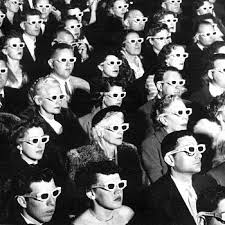Makeup, Keep it Clean!
A light application of makeup can often help you to look and feel your best. Without proper care, however, it may impair your capacity to see your best. Whether you are going for a natural look or something more dramatic, it is important to use discretion when applying around your eyes.
Keep it clean:
Make sure your hands are washed before you begin. Use only your own makeup and brushes. It may seem fine to borrow a swipe of mascara, but even your BFF may have germs that are harmful to you. Infections from poor hygiene or contamination may lead to itchy, swollen eyes and light sensitivity.
Do not disturb:
Only apply eye makeup in a setting where you can be relaxed and focused. Putting on makeup in a vehicle risks injury at every stop and bump during your commute. Take your time and don’t rush; not only will you get better results, but you’ll do better to avoid poking yourself in the eye or scratching your cornea.
Contact lens wearers:
It is better to put in your soft contact lenses before your makeup routine. When choosing a mascara, avoid mascara with lengthening fibers, which can scratch, and waterproof mascara, which may stain your lenses. At the end of the day, remove your contacts, clean them, and place in fresh solution before you wash off your makeup.
It can be rewarding to use cosmetics, but safety should always be top priority. If your makeup causes you to experience irritation or injury, discontinue use and contact your optometrist.
Blog contribution by Kaitlyn Sanchez, Optometry Intern, College of Optometry, Western University of Health Sciences.
http://www.fda.gov/Cosmetics/ProductsIngredients/Products/ucm137241.htm













